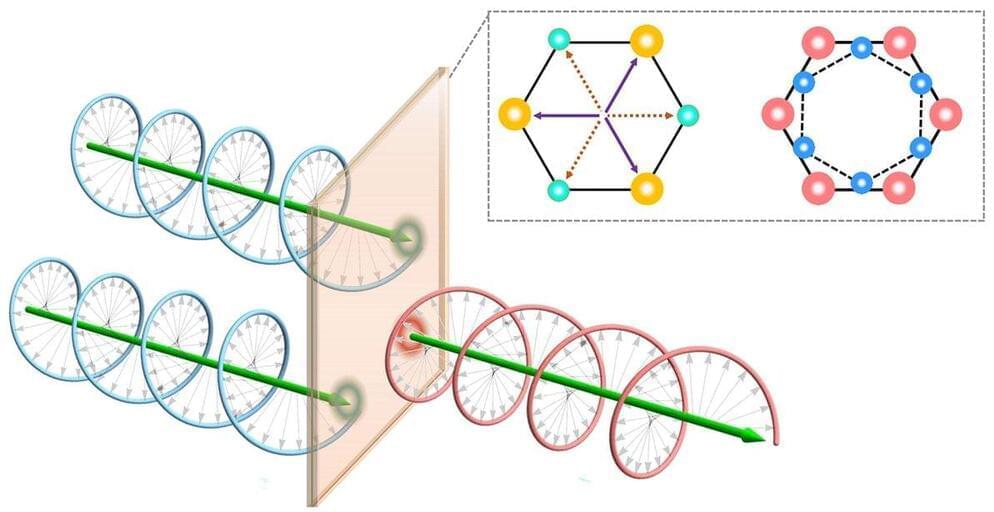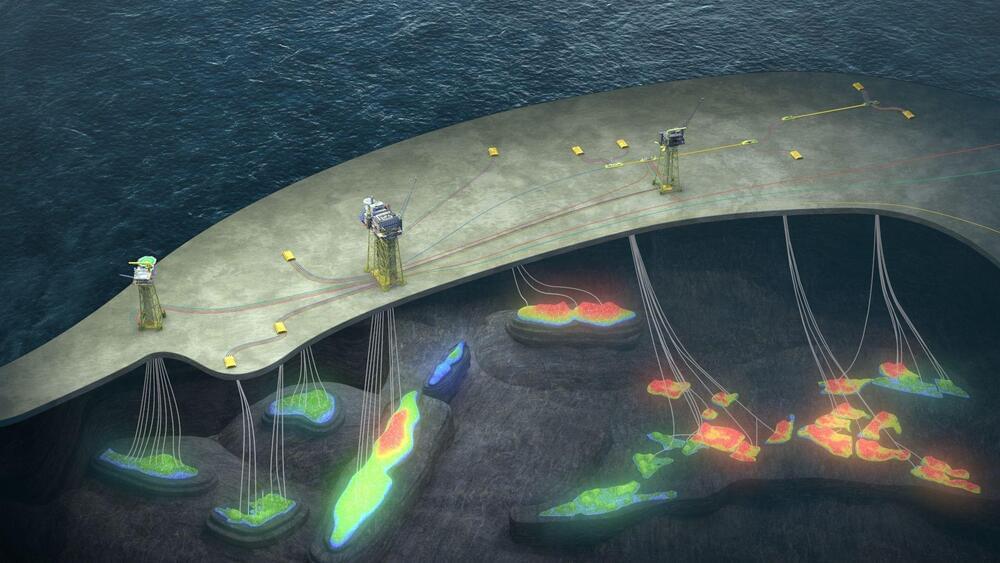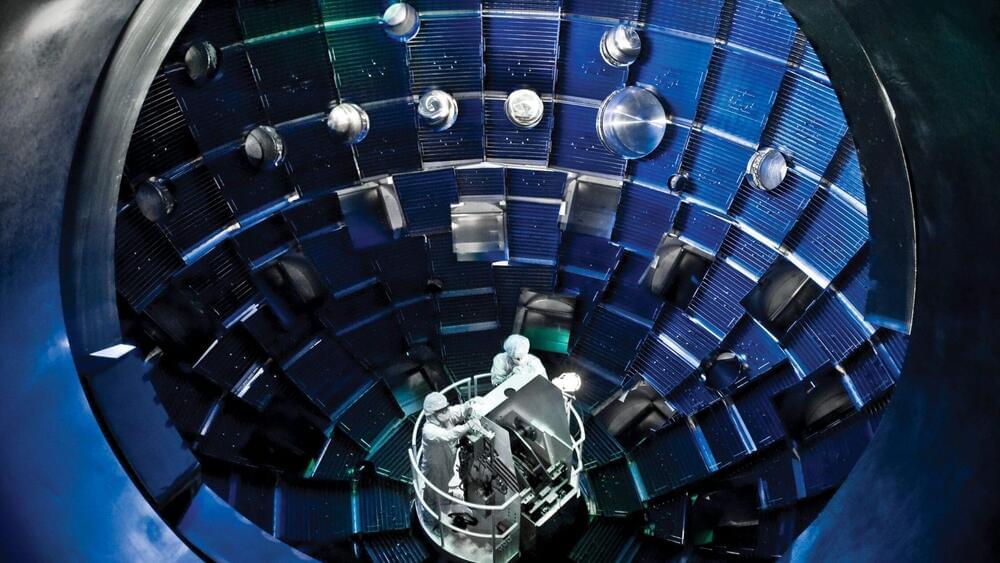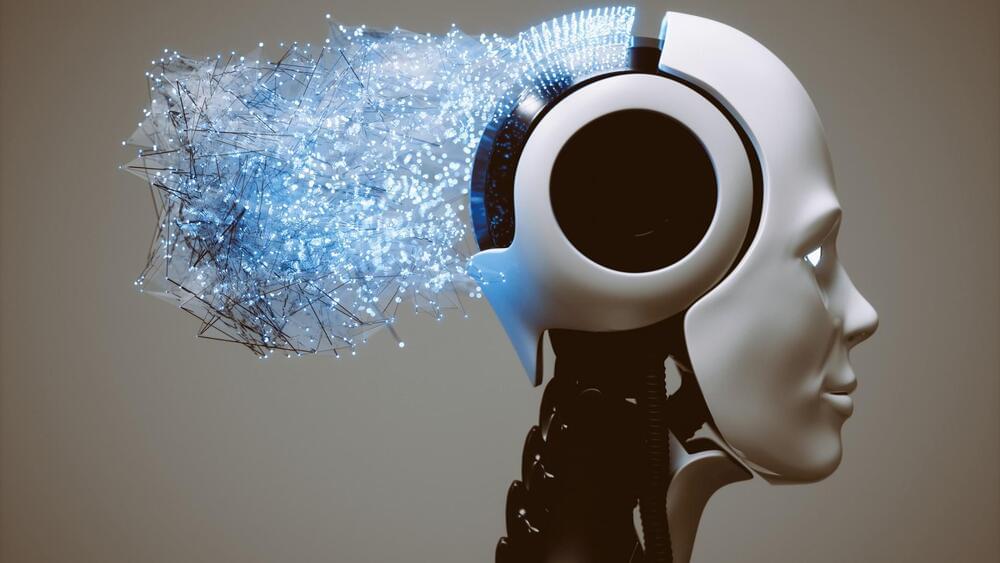What is it? MHD PROPULSION EXPLAINED
Special thanks to all our patrons and volunteers!
Thank you for your support!
Blender.
For all their hard work in making an amazing and.
professional program.
Scientists all over the Globe For providing much scientific data.
and working hard to give all of us a bright and amazing future.
Music:
All songs are from the YouTube audio library.






